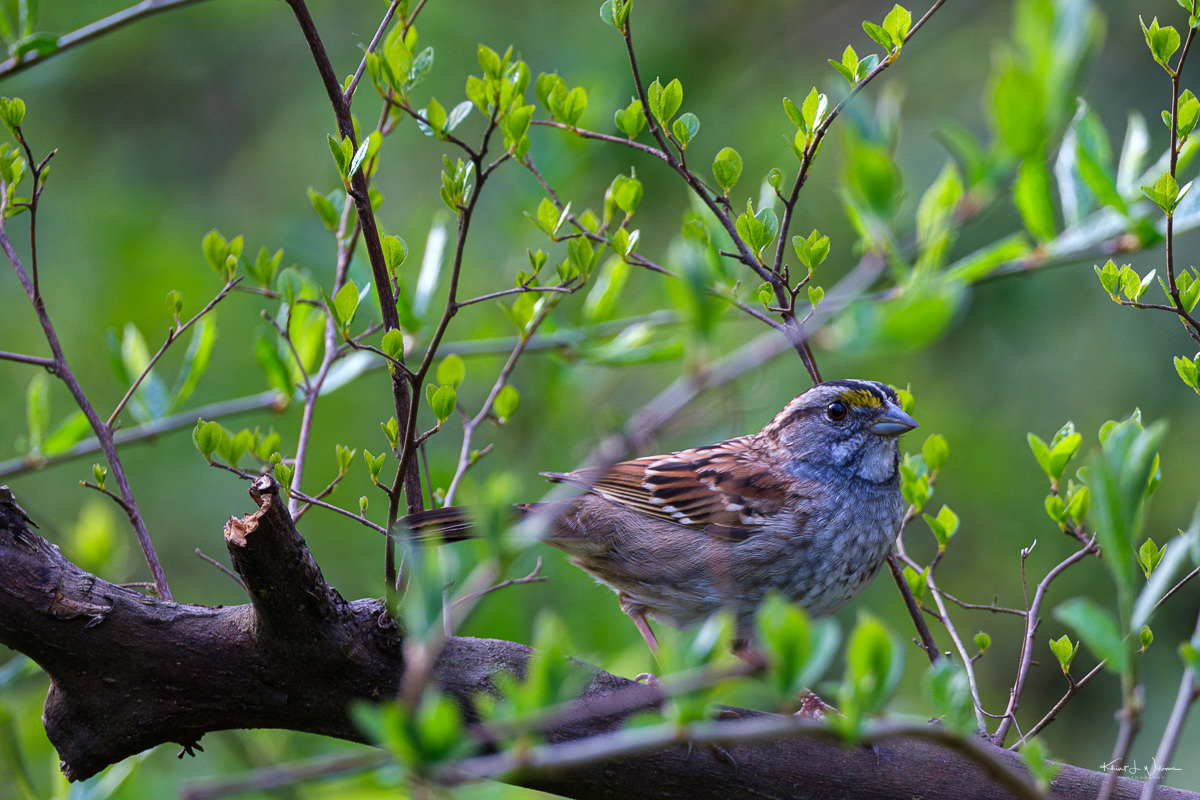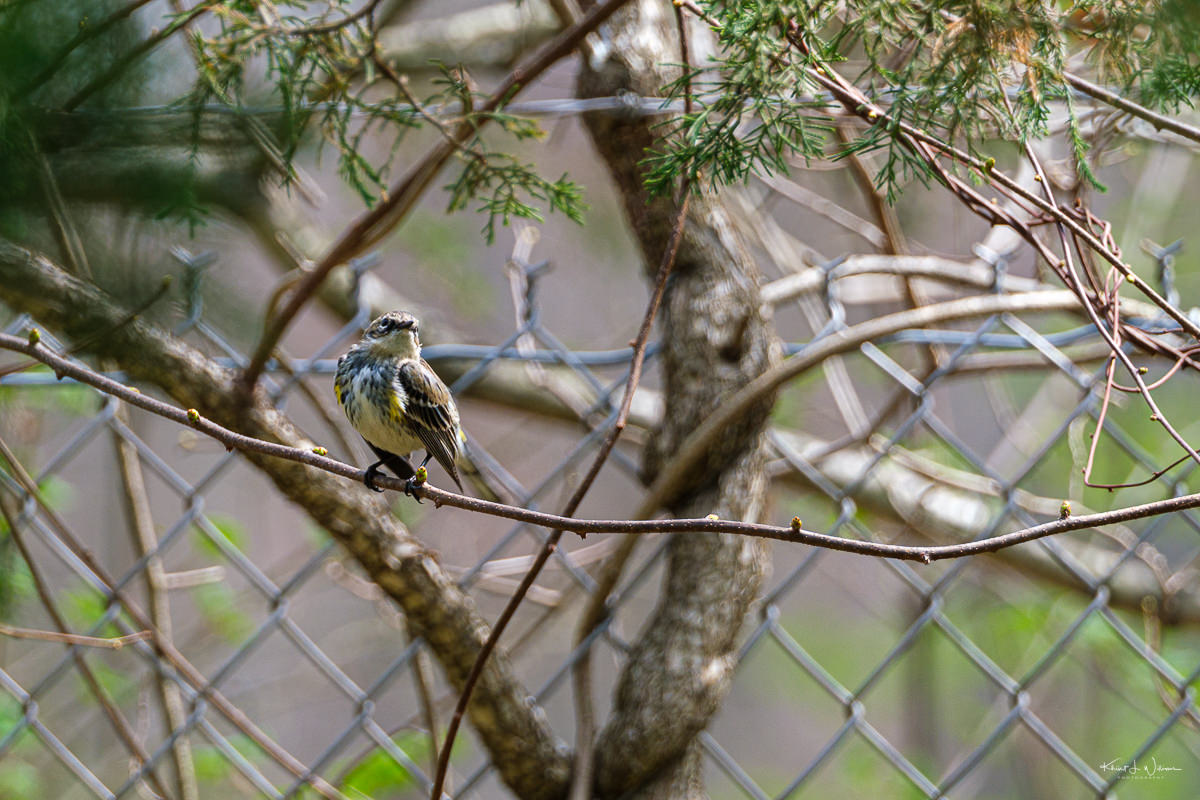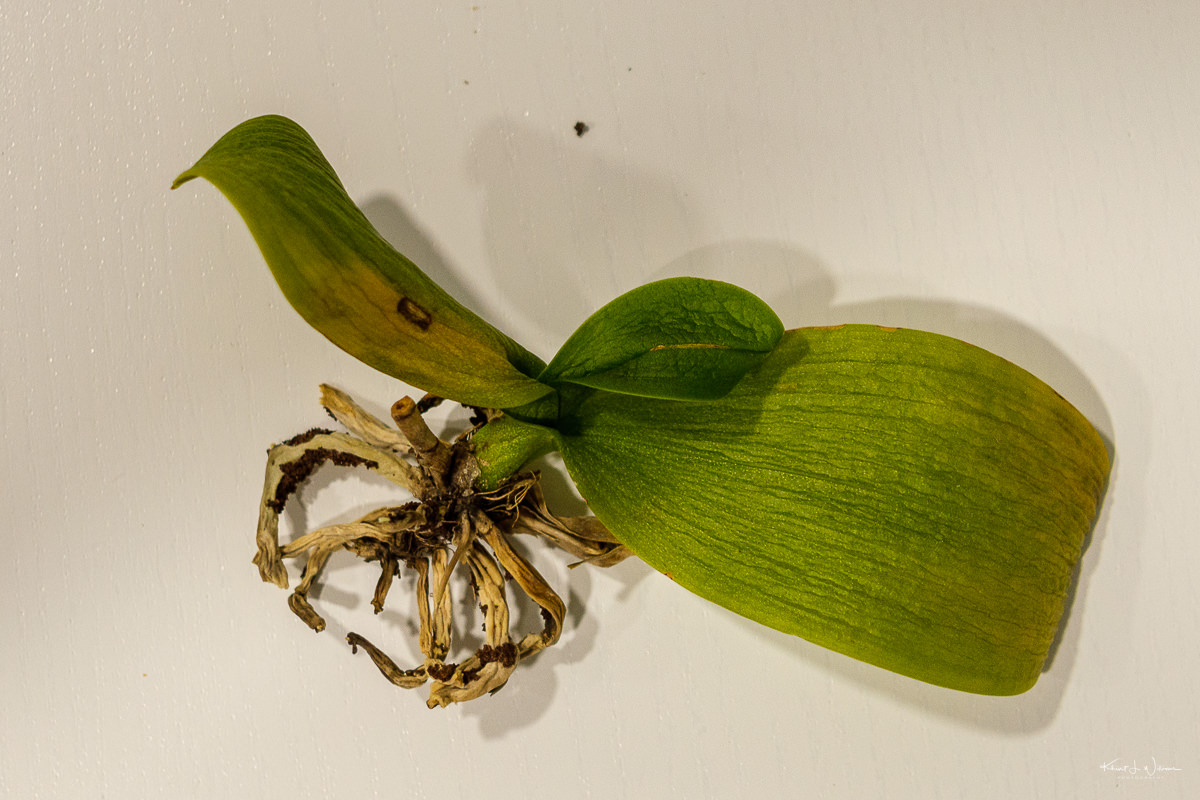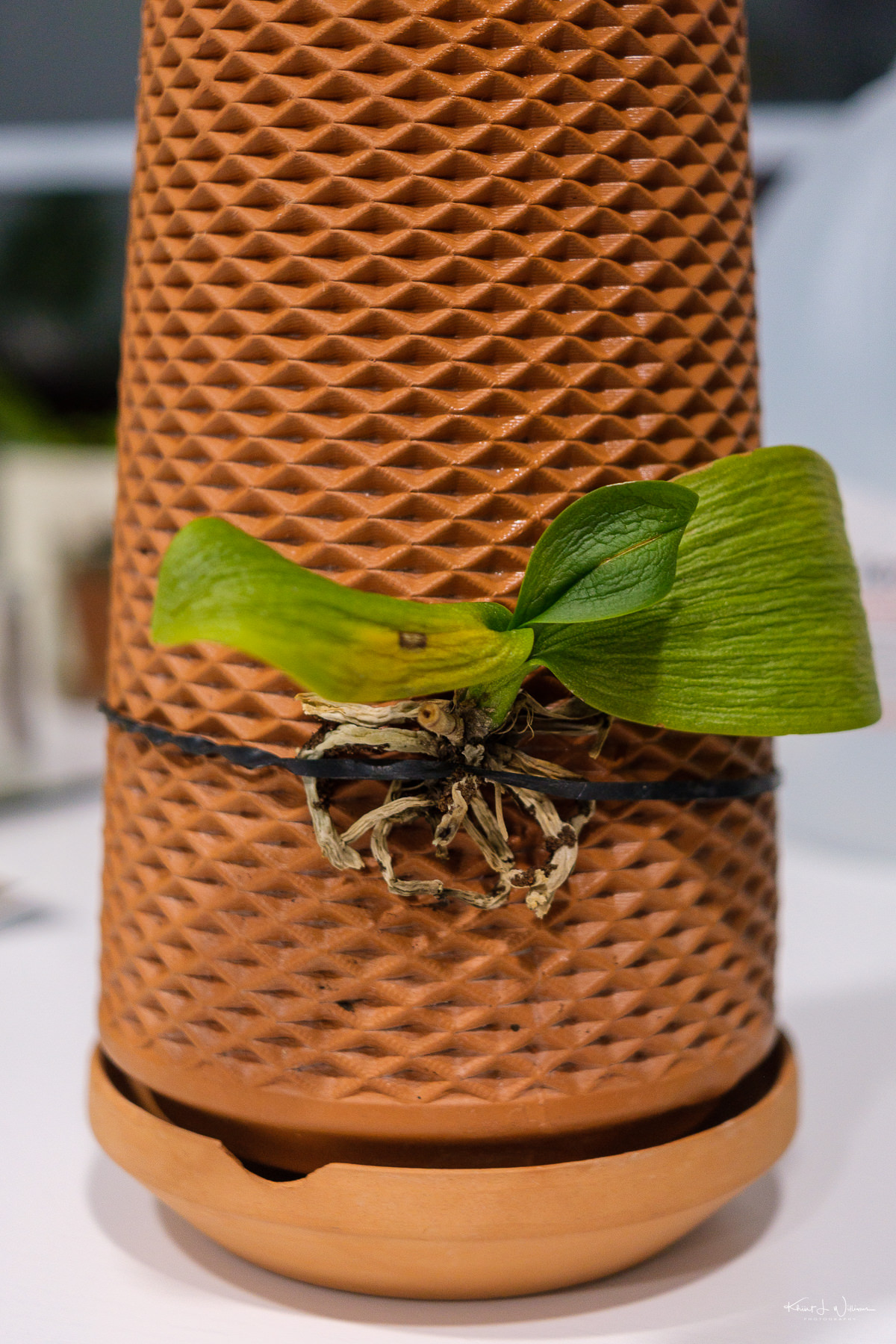This time of the year, I am on a hunt for migratory warblers. Warblers are Neotropical migrants which means they spend their winters as far south as South America, Central America, and the Caribbean. In the Spring they return to breed, travelling as far north as Canada. In the past, from April to May, I travelled hours from my home to Cape May and Southampton Township and Stoke State Forest Park in North Western New Jersey to find warblers to photograph.
It was by chance that I discovered that getting up at 5 AM to travel two hours to a warbler hotspot was not necessary. On a Friday I called the Cape May Bird Observatory to inquire about renewing my membership and the timing of the warbler migrations. The friendly gentleman who answered the call asked where I lived and when I said "near Princeton", he said, "We would love for you to visit Cape May, but you don’t need to drive here. The warbler migration path passes right through Princeton". He rattled off a set of birding hotspots including Institute Woods in Princeton. It’s about a 10-minute drive from home. I was so excited.
The last time I visited Institute Woods was in 2017. I woke up early Sunday morning, quickly ate breakfast, and packed my X-T3 and XF150-600mmF5.6-8 R LM OIS WR along with a shoulder harness and spare batteries. I parked on the lot on Olden Avenue near the trailhead to Trolley Track Trail. I started a new track in eBird and set the Merlin ID app to help me identify the bird songs I was hearing.
I heard and saw several American robins (Turdus migratorius) in the trees and the grassy field near the parking lot. As I entered the trailhead, I heard and saw Song Sparrow (Melospiza melodia) and Northern Cardinal (Cardinalis cardinalis). The Song Sparrow stayed up in the trees.
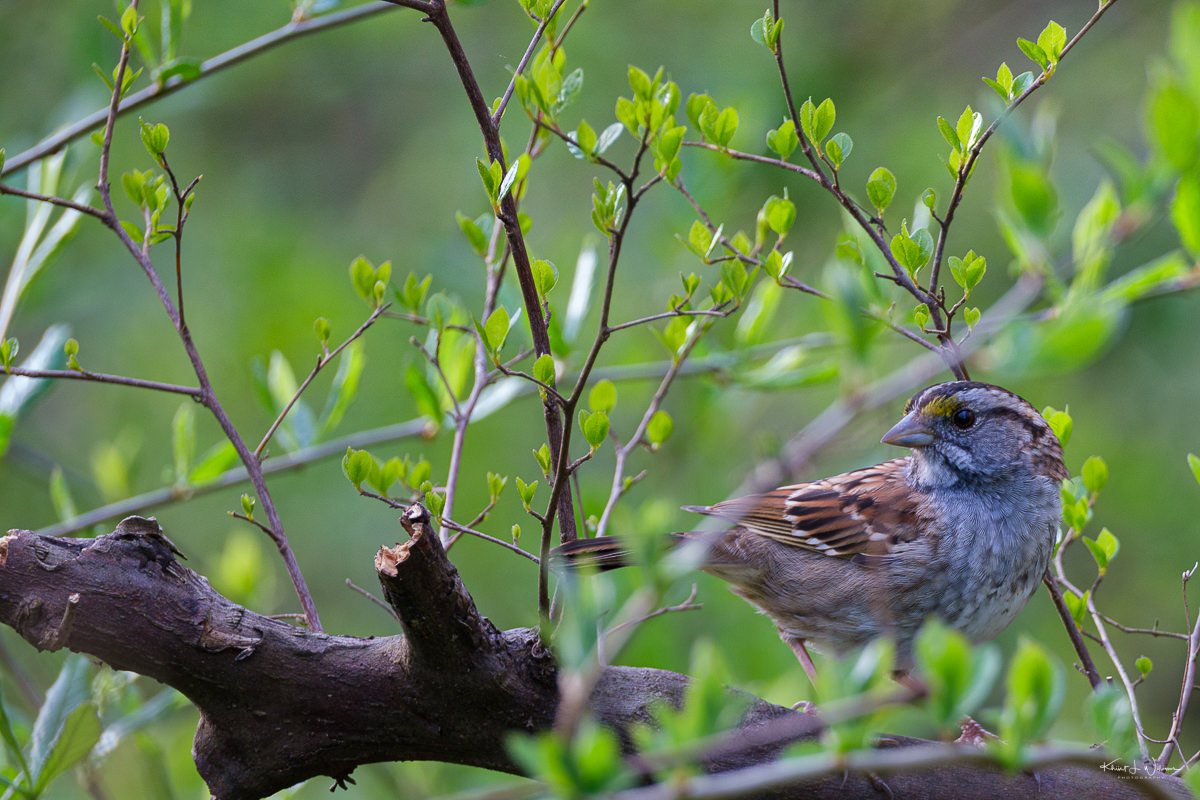
I found a narrow trail that headed south toward the homes. I later found out it was connected to Pipeline Trail. Near the middle of the trail, I saw several birds chasing each other between the thicket of shrubs that grew on either side of the trail. Merlin ID identified them as White-throated Sparrow (Zonotrichia albicollis). I have most recently photographed White-throated Sparrow (Zonotrichia albicollis) for the first time in the backyard. I counted about seven individuals. I waited patiently for the right moment.
I like this set of portraits better. The ones taken in my backyard show the bird on the ground scratching on the grass and brush near the fence line. I think seeing the bird in the bushes makes the photograph feel more "natural".
